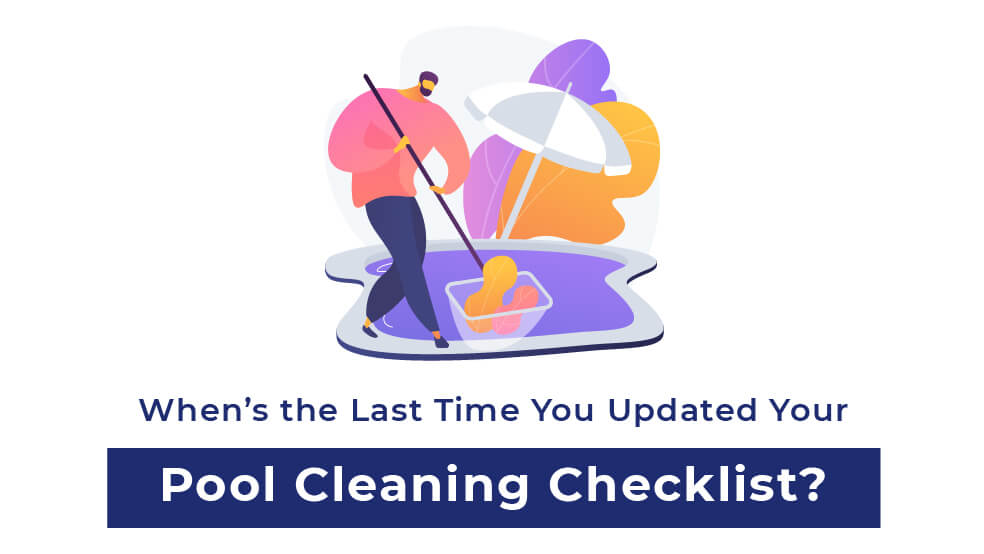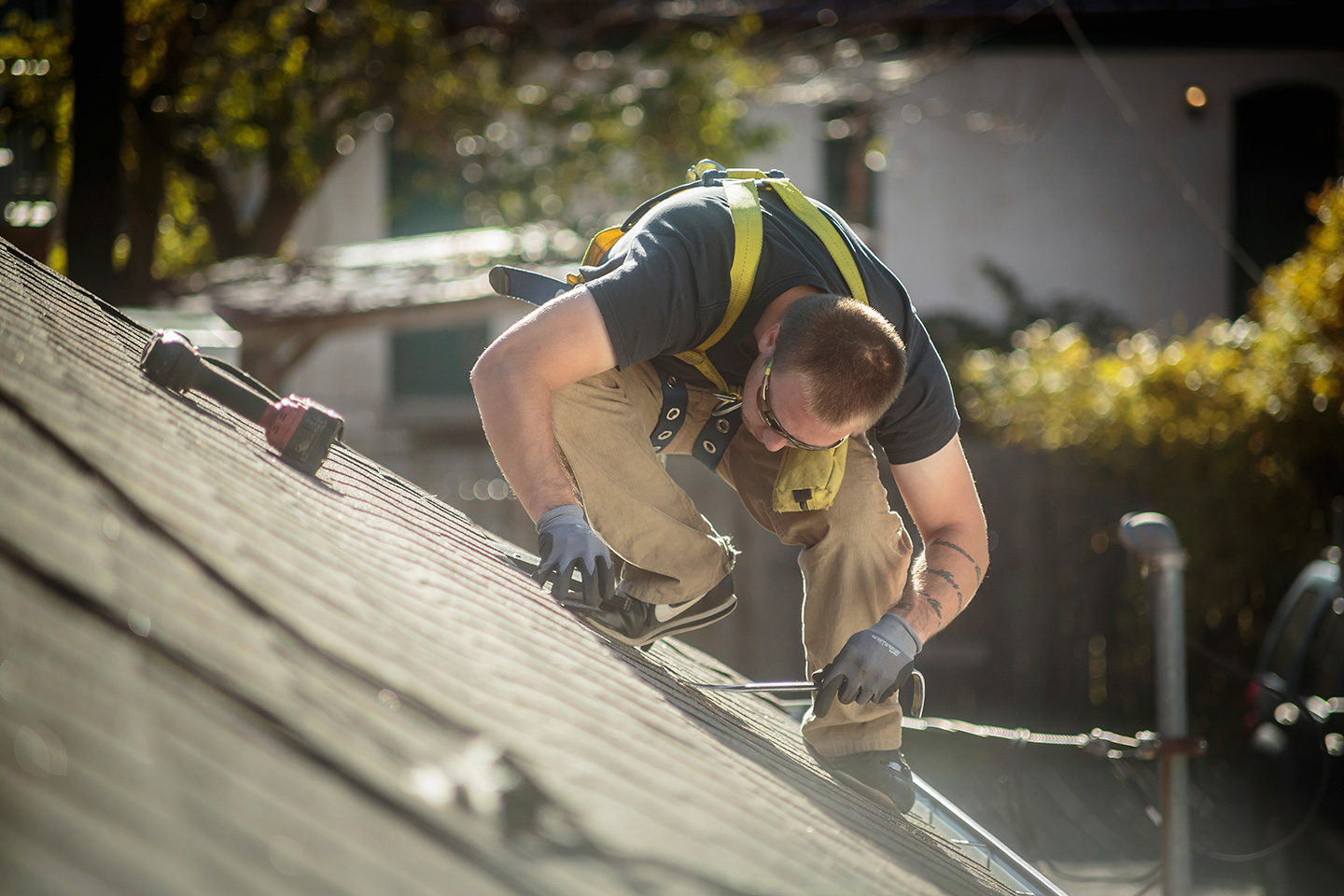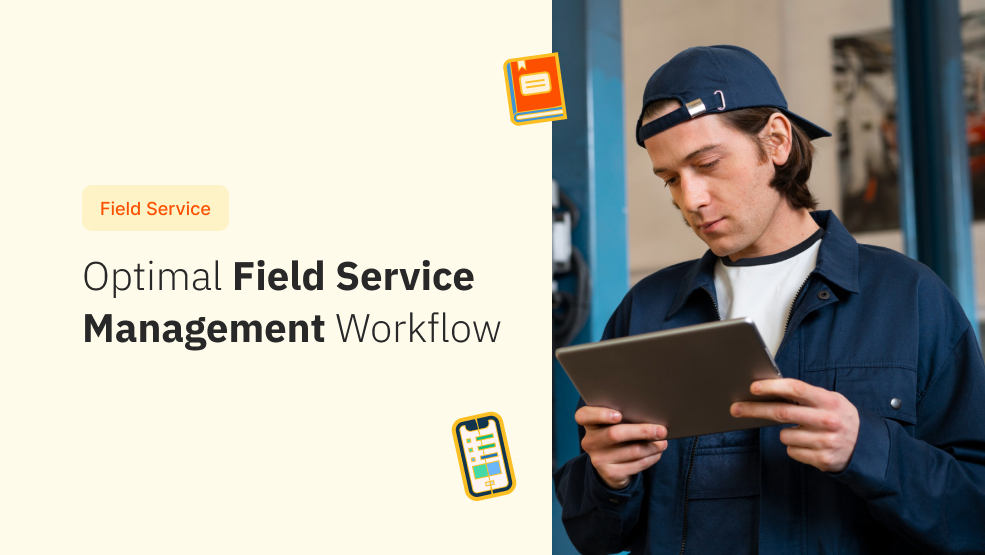A swimming pool cleaning checklist simplifies the routine pool maintenance process and prevents inconsistencies. However, an incomplete swimming pool cleaning checklist is almost worse than not having one. An incomplete list can give a false sense of completion and lead you to believe you got everything even though you missed something significant. There are many aspects involved in proper pool maintenance and operations; failing to complete them will only spell trouble.Fortunately, fixing a checklist is easy. If you are planning to create a cleaning checklist from scratch or looking for ways to plug the gaps in your existing checklist pdf, you are in the right place.Before getting to the checklist, we should look at the pool cleaning process and understand its nuance. Listed below are some activities that, when performed regularly, cover the basics of caring for a swimming pool.
Pool Cleaning Checklist
Brushing and Vacuuming
While a normal filtration process will remove a considerable amount of dirt and grime, proper brushing and vacuuming will help remove sediments that settle at the walls or the bottom of the pool. Additionally, it will make the plaster finish of the pool shine and prevent any chances of scaling, straining, and algae formation in the pool.
pH Level Maintenance
It is crucial to maintain the pH balance of a swimming pool to keep it in optimum working condition. pH indicates H+ ions in the water that determines acidity or alkalinity. Ideally, the pH level should be around 7.2 to 7.6. This range will ensure high alkalinity and low acidity, maintaining the correct pH level to protect the bather’s skin and eyes. It will also make sure that any chlorine added works more efficiently.When the pH level is too high or too low, it can result in skin allergies and make disinfectants less effective. No pool owner wants to spend more money on chemicals, but that is what you could end up doing if you are careless with your pH levels. Test pH levels using either pH test strips or chlorine-pH test kits.One Tool to Automate Your Cleaning Checklists Try for Free!
Water Disinfection
Water disinfectants are highly effective at killing pathogens present in pool water. Chlorine is the most commonly used water disinfectant because it is cost-effective and leaves an easy-to-measure and control residue.Ideally, the chlorine reading should be 1-3 ppm. If the chlorine level is less than 1.0 ppm, there is a good chance that the pool will begin to get infested by algae. On the other hand, residual chlorine of more than 3.0 ppm is wasteful. Additionally, using too much chlorine can cause eye irritation, strong odor, and other problems.
Shock Treatment
Shock treatment is the process of adding a larger than normal amount of chemicals to the pool water to destroy organic contaminants and oxidize ammonia and nitrogen-containing contaminants in the pool; super chlorination is another name for this process.Often, shocking is done after sundown to avoid the loss of chlorine to UV rays in the sunlight. It is also performed only with the pump and filter operating.
Total Alkalinity
Total alkalinity is a measurement that ensures the pH level stays steady. It measures pool water’s ability to accept and hold a change in pH. Low total alkalinity tends to be corrosive, pitting the concrete, dissolving metals, and staining the walls. On the other hand, high total alkalinity results in scaling, white deposits, rough pool surface, and cloudy water. The target of total alkalinity differs based on the nature of the sanitizers used. Alkaline-based sanitizers like cal-hypo, lithium hypochlorite, or sodium hypochlorite have a target total alkalinity of between 80-100 ppm. Acid-based sanitizers like bromine, trichlor, or granular trichlor, have a target total alkalinity is between 100-120 ppm.Harness the Power of Automated Pool Cleaning Checklists Start Free Trial!
Calcium Hardness
Calcium hardness protects the pool surface from corrosion. Without calcium, water will get aggressive and tend to pull calcium from surrounding surfaces like plaster, grout, and concrete. Additionally, it can end up causing scaling, heater malfunctions, and discolored, cloudy water. An ideal level of calcium hardness in water is 200-400 ppm.Now that you have a better idea of the concepts involved in swimming pool maintenance let’s look at daily, weekly, monthly, and annual pool cleaning checklists.Since there are many activities to be covered on a timely basis, we have split the checklist into four subsets.
Daily Pool Cleaning Checklist
- Clean your pool water every day
- Let your pump circulate the entire volume of water through the filter at least once
- Operate your pool equipment for an ideal time every day
- Check chlorine and pH level daily
- Add sanitizer in small amounts daily to keep the free chlorine level at 1-3 ppm
Bi-Weekly Pool Cleaning Checklist
- Check chlorine, pH, and total alkalinity levels and ensure they stay at the proper amount
- Make sure that all your pool equipment
- Check for leaks and ensure that filter pressure is not too high
- Vacuum or skim the pool to remove leaves, bugs, and dirt
Weekly Pool Cleaning Checklist
- Shock your pool to oxidize contaminants and prevent algae growth
- Get rid of chloramines in the water with super chlorination
- Chlorine shock should be administered at night after removing solar covers
- Treat your pool with algaecides
- Use an enzyme product to clean the surface of any organic deposits
Monthly Pool Cleaning Checklist
- Sample your water and test it for total and free chlorine, pH, alkalinity, calcium hardness, cyanuric acid, metals, and phosphates
- If there are metals in the water, treat it for strain control
- Clean or backwash the filter when the pressure in the filter raises 1-½ times the usual reading
- If you know there is a chance of heavy rain, pre-treat the pool with algaecide
- Shock your pool after heavy rain and after your pet uses the pool
- Regularly test the water for phosphates and other effects of spraying and yard cleaning
Make Your Pool Cleaning Checklists Efficient; Automation Can Help! Try Zuper Free
Using automation to streamline your swimming pool cleaning checklists
While many factors play into the quality of pool maintenance services, having a swimming pool cleaning checklist pdf handy will help in the long run. Through automation, pool cleaning checklists can be made mandatory and efficient.Automated pool service software like Zuper offers pool cleaning businesses trustworthy and up-to-date pool cleaning checklists. Additionally, it facilitates the integration of other operational processes, making it easy for pool cleaning business leaders to get a bird’s eye view of their business.Using Zuper, organizations can make their own automated weekly pool cleaning checklists. Complete with dynamic workflows, a drag-and-drop scheduling interface, a user-friendly booking experience, and more. Best of all, businesses that proactively use pool cleaning checklists ensure consistency in their cleaning process and empower their technicians.Sign up for a free trial and create an automated pool cleaning checklist in mere minutes.








